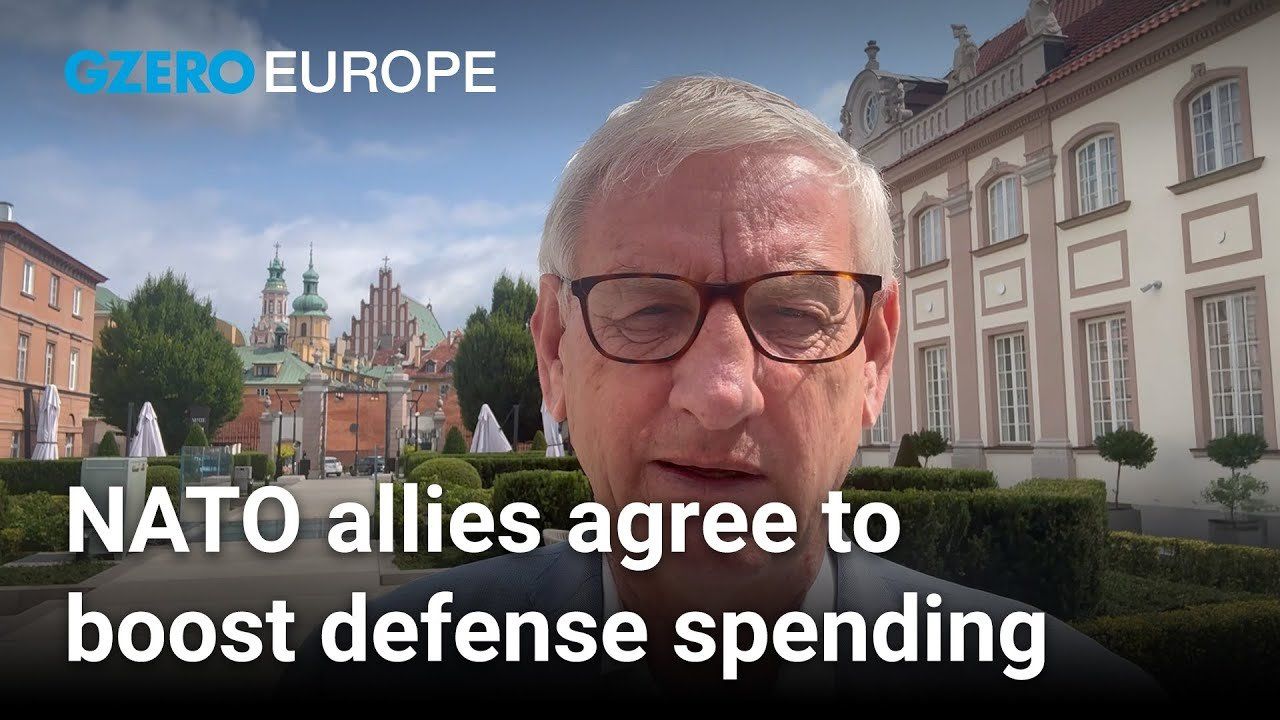
- YouTube
In this episode of Europe in :60, Carl Bildt discusses the outcomes of the NATO Summit and where Europe stands with the Israel-Iran conflict.
On NATO’s new plan to spend 5% of their GDP on defense by 2035, Bildt acknowledges that, on paper, it appears to be a significant achievement. However, he expresses skepticism about its feasibility stating, “That's not real and not going to happen, and I think that will create some problems further down the line.” Bildt also suggests that the new target was largely motivated by a desire to appease Donald Trump. He adds, “Making Trump happy with flattery, that seems to be what some in NATO consider essential for European security these days.On the Israel-Iran conflict, Bildt describes the situation as highly uncertain. He notes that "Europeans are hoping for a revival of diplomatic efforts," especially as worries grow about Tehran's potential actions. With ambiguity surrounding inspections, international accords, and Iran’s nuclear ambitions, Bildt warns: "If the Iranians decide to go nuclear after this, it's going to take quite some time, but it's difficult to see that they can be stopped."